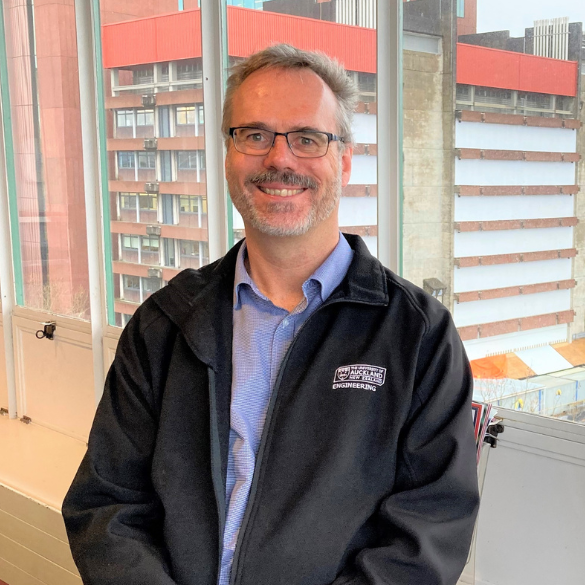In 2020, with Auckland in the grip of the worst drought in decades, it came out in the media that Auckland pipes are leaking 50 million litres of water a day. That’s more than the 30 million litres a day Aucklanders were saving through conservation measures such as short showers. It’s even more than the 40 million litres a day the entire city of Dunedin uses.
A year later, Auckland’s water supply dams are still only half full and water restrictions remain in place. With climate change predicted to make many areas drier, University of Auckland Professor Kobus van Zyl is working to help municipalities save water by finding leaks.
Auckland’s water leakage rate is actually lower than that of other cities around Aotearoa New Zealand and the world, says Van Zyl, who is Watercare Chair in Infrastructure and a member of the Department of Civil and Environmental Engineering. However, performance is significantly better in Australia, where the long, severe Millennium drought forced the country to make massive infrastructure upgrades.
“To control leakage, we need a proper maintenance regime, which relies on having sufficient budgets. This requires increased water rates, which are unpopular with the public,” says Van Zyl. “Unfortunately, we have a system where we vote for people who say what we want to hear, which is not the best way to address serious but slow-burning problems like water leakage or climate change.”

